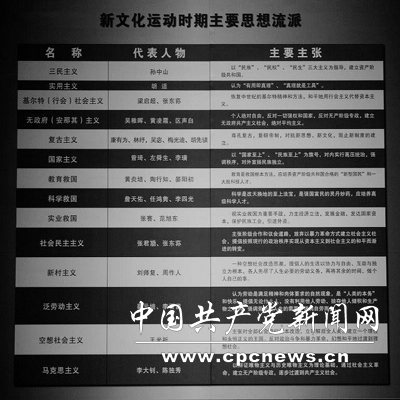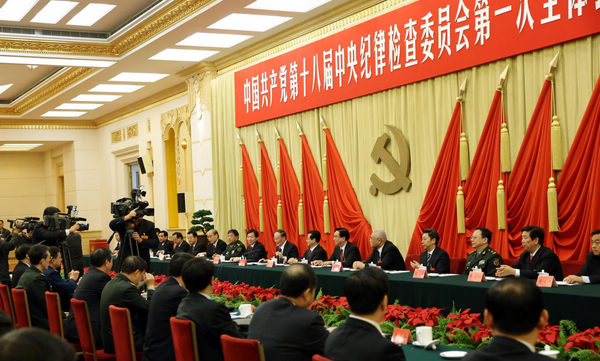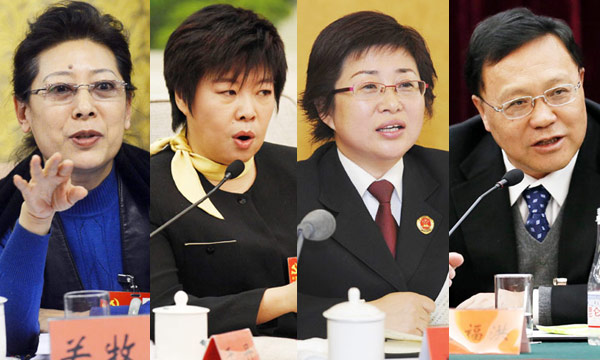CPC history in pictures (1): The founding
(CPC Encyclopedia)
Updated: 2011-07-29 14:51
The May Fourth Movement which broke out on May 4, 1919 was a great anti-imperialist and anti-feudal revolutionary movement. It marked the beginning of the new-democratic revolution in China.
The movement took place as a result of deepening contradictions between the Chinese people on the one hand and imperialism and feudal warlords on the other, and under the influence of the October Socialist Revolution in Russia and the subsequent upsurge of world revolution. Its direct fuse, however, was the diplomatic failure of China at the Paris Peace Conference.
The Paris Peace Conference was the meeting of the Allied victors following the end of World War I to set the peace terms for the defeated Central Powers. China participated as a victor and hoped that as part of the settlement Germany's concessions on the Shandong peninsula would be returned to China. However, the conference transferred the concessions in Shandong to Japan rather than returning sovereign authority to China. Chinese outrage over this provision led to demonstrations and a cultural movement known as the May Fourth Movement.
On the afternoon of May 4, 1919, over 3,000 students of Peking University and other schools gathered together in front of Tiananmen and held a demonstration. The next day, students in Beijing as a whole went on strike, and students in other parts of the country responded one after another. From early June, in order to support the students' struggle, workers and businessmen in Shanghai also went on strike.
The May Fourth Movement successfully forced the Beiyang government to release the arrested students and dismiss several pro-Japanese officials from their posts. Also, the Chinese representatives in Paris refused to sign on the peace treaty.

The photo shows the main schools of thought during China's New Culture Movement period. The movement was especially active in 1919. [Photo/Exhibition Road to Rejuvenation at the National Museum of China]

Top News
Xi emphasizes adherence to CPC Congress spirit
Top legislator urges implementation of congress spirit
Moderately prosperous China brings chances to world
Video







